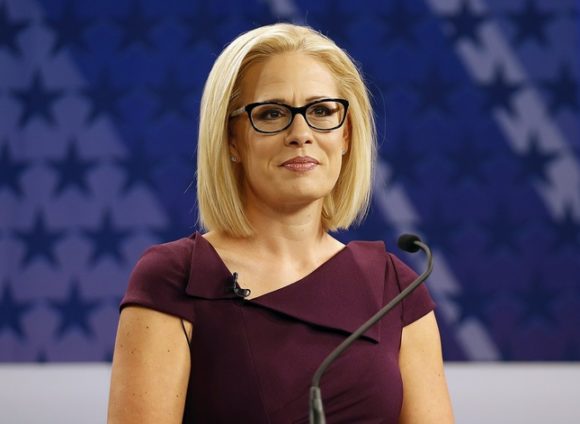Dear Commons Community,
The Chronicle of Higher Education had an article earlier this week documenting how the University of Southern New Hampshire (SNHU) has evolved into a new mega-university. In the past decade, enrollment has gone from 8,600 degree-seeking students in 2008 to more than 122,000 today. Its president since 2003, Paul LeBlanc, will tell you that his plan is for the university to nearly triple its enrollment over the next five years. As reported in The Chronicle:
”The president since 2003, Paul LeBlanc, will tell you that it’s just getting started. The plan is for the university to nearly triple its enrollment over the next five years.
As audacious as that sounds — by one analyst’s estimate, it means Southern New Hampshire would have to enroll one out of every two new online students in the United States over the next five years — LeBlanc believes it might take only three years to hit that mark.
To get there, he has laid out an aggressive agenda: More short courses that appeal to employers. Low-cost, competency-based degree programs to serve tens of thousands of refugees overseas, plus thousands more underemployed young people in the United States. Artificial intelligence and chatbots handling routine student interactions. A degree program at a price of $100 a month? That’s under exploration, too.
The plans are ambitious, creative, and, in many cases, unconventional. Will they come at a cost to quality? Already, by some metrics, student outcomes have suffered. Nonetheless, the university’s moves may soon reverberate well beyond its own constituencies or even direct competitors. Southern New Hampshire isn’t just refashioning itself into an institution that’s bigger in size and broader in scope. It is also becoming one of the first of a new breed of nonprofit “mega-universities” now beginning to transform the higher-education landscape.
These new enterprises — the 100,000-student Western Governors University, which recently announced a goal of serving a million students, is another — are not elite or richly endowed or renowned for their research prowess. Yet because of their size and market power — along with their ability to brand themselves as free of any for-profit taint — they stand to increasingly influence how other colleges develop their academic offerings; recruit, advise, and teach their students; and even determine their tuition prices.
Higher education’s leadership has yet to reckon with the potential of these emerging mega-universities, or even to determine how to define them. (Does fast-growing Liberty University count? What about National University?) There’s no formula for becoming one. For Southern New Hampshire, several strategies stand out. Among them: comfort with being better known for advising than for academic matters, a willingness to invest in its capacity to grow and innovate, and a reliance on corporate-style practices in activities as diverse as marketing, faculty oversight, and employee training.
It’s still anyone’s guess how the mega-university might change the market dynamics for colleges with smaller programs, established niches, or hopes of making innovations of their own. Already, however, it’s clear that online institutions in the shadow of major players like Southern New Hampshire are struggling to compete.
Twenty years ago, Charter Oak State College, in Connecticut, was about the same size as Southern New Hampshire. With about 1,400 students, the degree-completion institution remains small today, and as acknowledged by its president, Ed Klonoski, it’s not thriving. “You can’t be a small online player,” he says. LeBlanc built Southern New Hampshire for scale, Klonoski says, and then went ahead and scaled it. “I’m an admirer,” he says. And now “he’s killing me.”
SNHU (it embraces the acronym, pronounced “snew”) never set out to put the Charter Oaks of the sector out of business. But it has been consciously restructuring itself from the inside out over the past several years with the expectation that operating at a substantially larger scale will help it better weather the changes LeBlanc sees coming. In the future, he believes, “higher education will surrender its monopoly on credentials, transcripts, and delivery of education.” In the new environment, colleges could find themselves as much in the role as assessors of students’ knowledge as education providers.
SNHU is preparing for that future by gobbling up market share — and exposing a new population of students to a new vision of higher education. Many experts believe the day is not far off when five or six such institutions, plus a few companies that manage online programs, will dominate the online-education landscape — and perhaps eventually other aspects of higher education as well. They also have little doubt that Southern New Hampshire will be among them.
As Klonoski puts it, “If they get large enough, they’ll block the sun.”
“Future-proofing:” That’s one of the ways Paul LeBlanc describes the changes Southern New Hampshire has been undertaking. If that sounds like corporate lingo … well, that’s part of the point.
LeBlanc is not the least uncomfortable that some of the university’s approaches might, in his words, “make traditional academics roll their eyes.” One example: As a culture-building exercise, SNHU invites academic advisers, admissions representatives, and other employees to sign posters — one says “Our Vision,” another “Our Brand Behaviors” — that adorn the walls of the converted mill that serves as headquarters of the online operation.
Under the president’s watch, the university has made a point of hiring key personnel from outside academe’s traditional pools. SNHU’s senior vice president for technology and transformation ran IT for the Boston Consulting Group; the chief marketing officer was a top marketing executive at the American Lung Association and Verizon; the head of human resources came from a major insurance company. LeBlanc calls it “breaking out of the higher-ed echo chamber.”
Breaking out of the chamber indeed!
Tony














